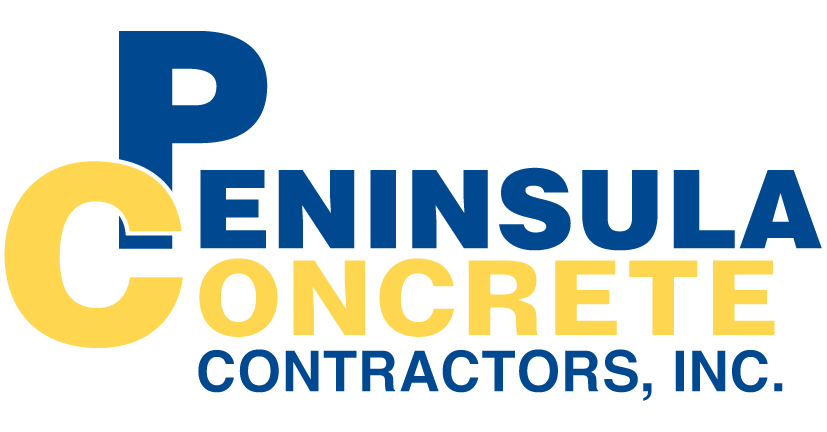Broom Finish
Broom finishes can be light or coarse depending upon the desired outcome. This is not a fancy finish but provides a non-slip surface and is the least expensive finishing option.
Concrete Color and Finishing Options
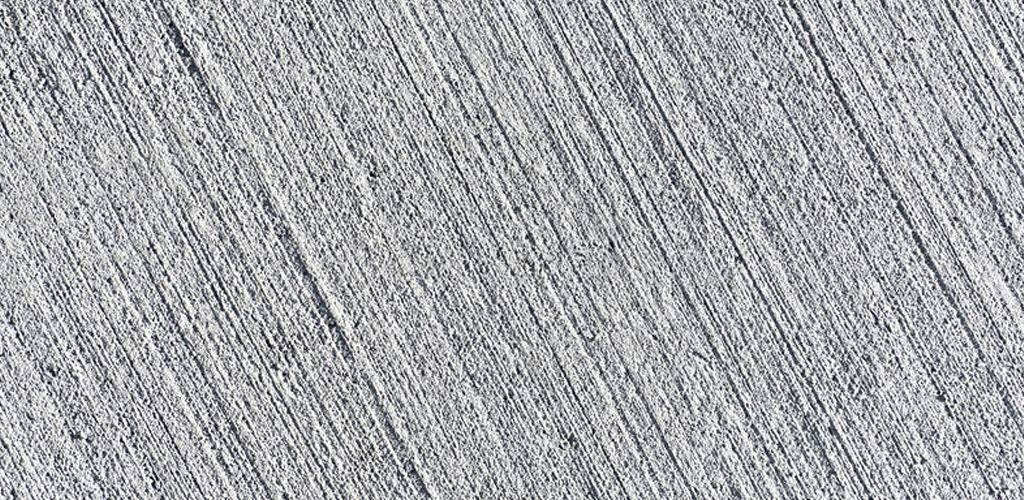
Broom Finish
Broom finishes can be light or coarse depending upon the desired outcome. This is not a fancy finish but provides a non-slip surface and is the least expensive finishing option.
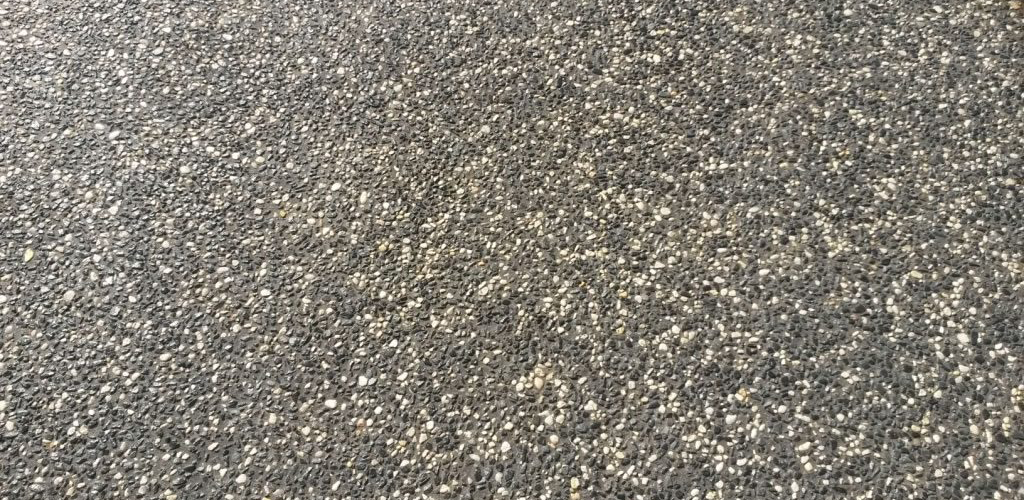
Exposed Aggregate
Exposed aggregate concrete is one the oldest methods of creating a decorative finish. The process dates back to the early 1900’s and is still widely used today. This finish is created by removing the outer “skin” or “cream” from the concrete to uncover decorative course aggregate that is broadcast / seeded onto the surface by hand. The aggregate utilized can be either natural or manufactured. The two most common options are pami pebble and quartz.
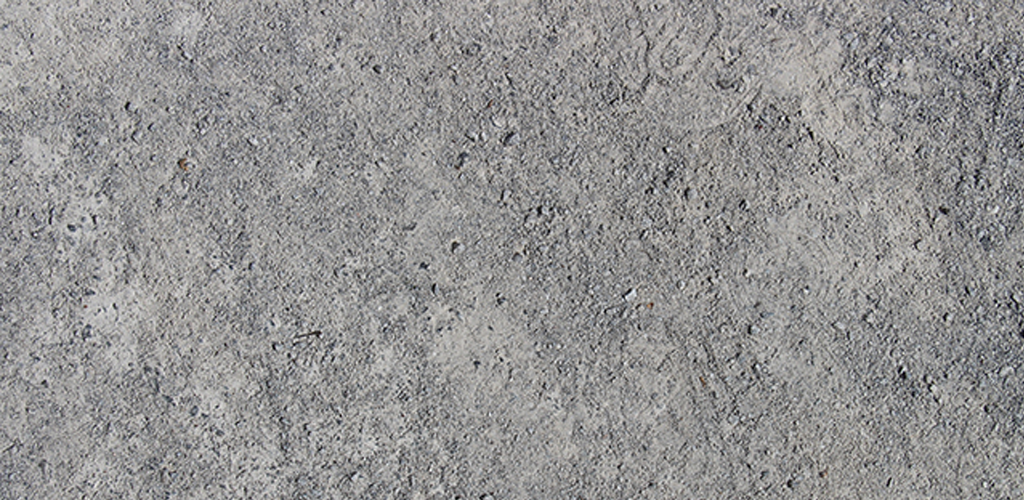
Salt Finish
Salt Finish Is another one of the older methods of adding a decorative touch to concrete surfaces. This look is created by broadcasting / seeding rock salt onto the wet concrete and then pressing the salt into the surface with a roller. After the concrete sets for a day or two, we return to wash the salt away with a pressure washer. The end result is a concrete surface that is speckled with shallow indentations, similar in appearance to pitted or weathered rock. We don’t receive many requests for Salt Finish, because most people are not familiar with the option. But it’s one of our personal favorites as it’s a lower cost decorative option that looks spectacular when performed on concrete that has a light integral color added into the mix.

Sandblast Finishes
Sandblast finishes can range from light to heavy. Light sand blasting will remove the cement “cream” or top layer of a freshly poured slab, the result is a smooth appearance that is velvety to the touch. Comparatively, a heavy sand blast finish will remove much more of the top layer of concrete and can expose the aggregate utilized in the concrete mix.
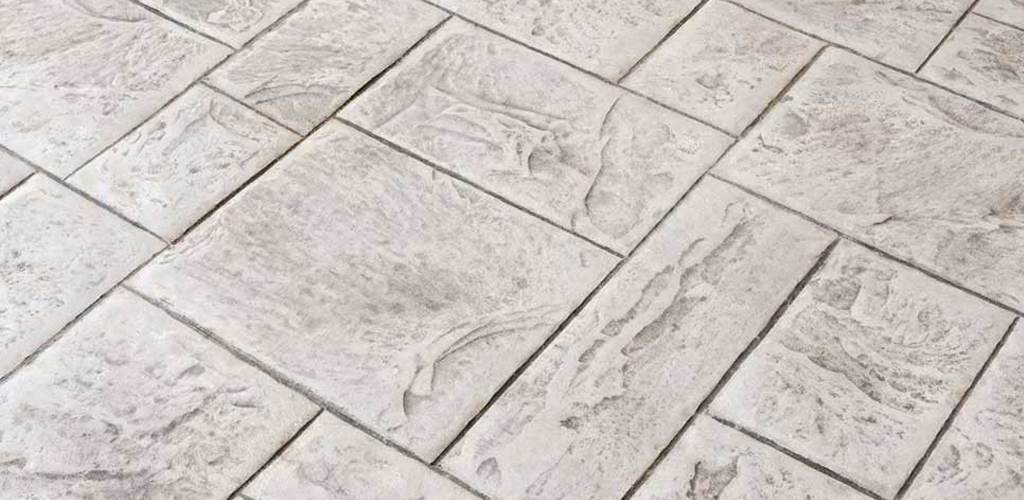
Stamped Concrete
Because our focus is new concrete installations, our standard practice is to use integral color. Integral color produces a uniform color throughout the slab. So, if the concrete is chipped there will be minimal color variation. To create a concrete mixture with integral color, pigments in the form of dry powder, dry granules, or liquid can added into the wet concrete mixture. We only source our concrete from suppliers that utilize the Davis Colors Chameleon System. While slightly more expensive than the other options, in our experience this system produces the most consistent end result. We encourage you to learn more about Davis Colors by visiting their website at www.daviscolors.com
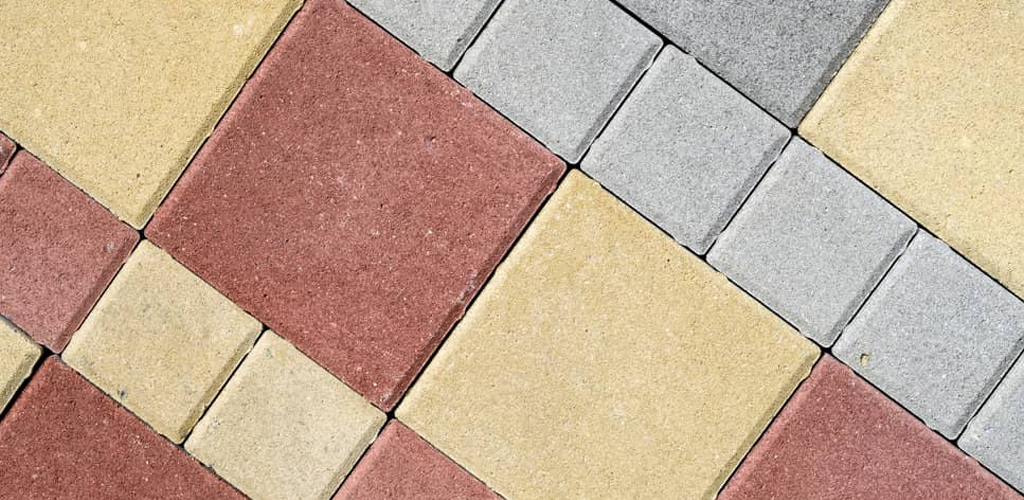
Concrete Color
There are many ways to add color to a concrete surface, some of the more popular options are acid etch staining, shake on powders, dyes (acetone and water based), color hardeners, and integral pigments added into the wet concrete mixture. The type of project being performed will dictate which of the product options is most suitable for your application. If your goal is to add color to an existing slab, you’re limited to stains, dyes, and color hardeners.
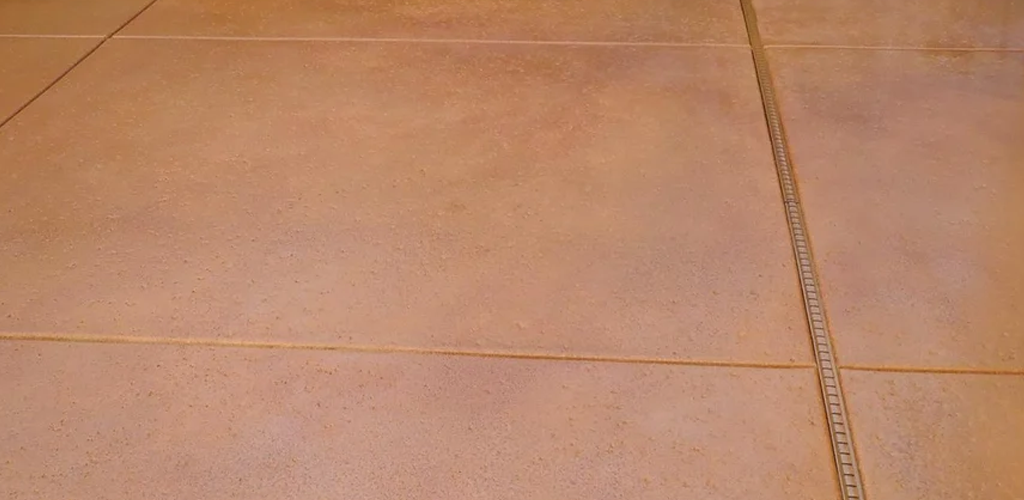
Integral Concrete Color
Because our focus is new concrete installations, our standard practice is to use integral color. Integral color produces a uniform color throughout the slab. So, if the concrete is chipped there will be minimal color variation. To create a concrete mixture with integral color, pigments in the form of dry powder, dry granules, or liquid can added into the wet concrete mixture. We only source our concrete from suppliers that utilize the Davis Colors Chameleon System. While slightly more expensive than the other options, in our experience this system produces the most consistent end result. We encourage you to learn more about Davis Colors by visiting their website at www.daviscolors.com
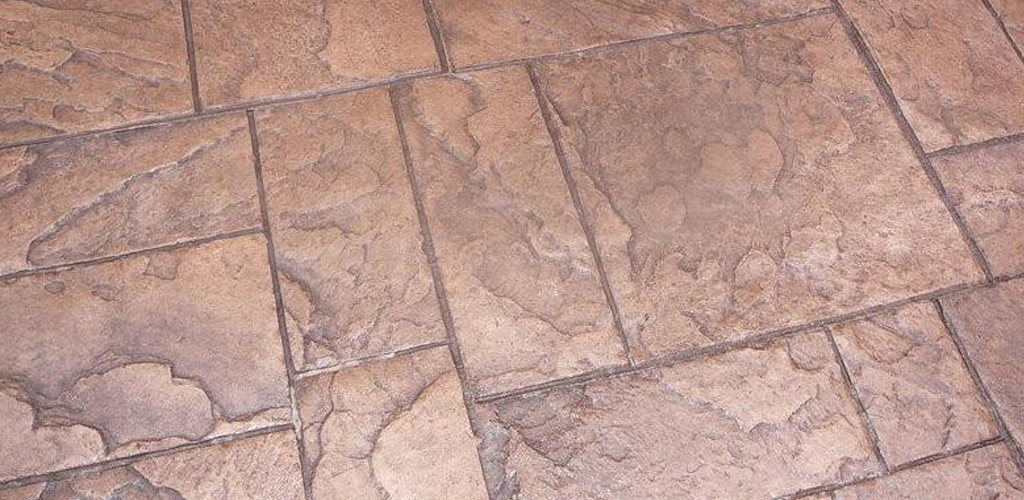
Antique Release Color
Antique Release agents, which come in a powdered form, can be utilized to add a second color to stamped and textured concrete surfaces. To perform this process, we dust freshly placed concrete, that typically contains Davis integral color from their Subtle color group, with Brickform Antique Release colored powder. Brickform antique release powder is available in over 40 colors and is our preferred choice for adding a second coloring effect to concrete installations.
We encourage you to learn more about Davis Colors by visiting their website at http://www.brickform.com/
